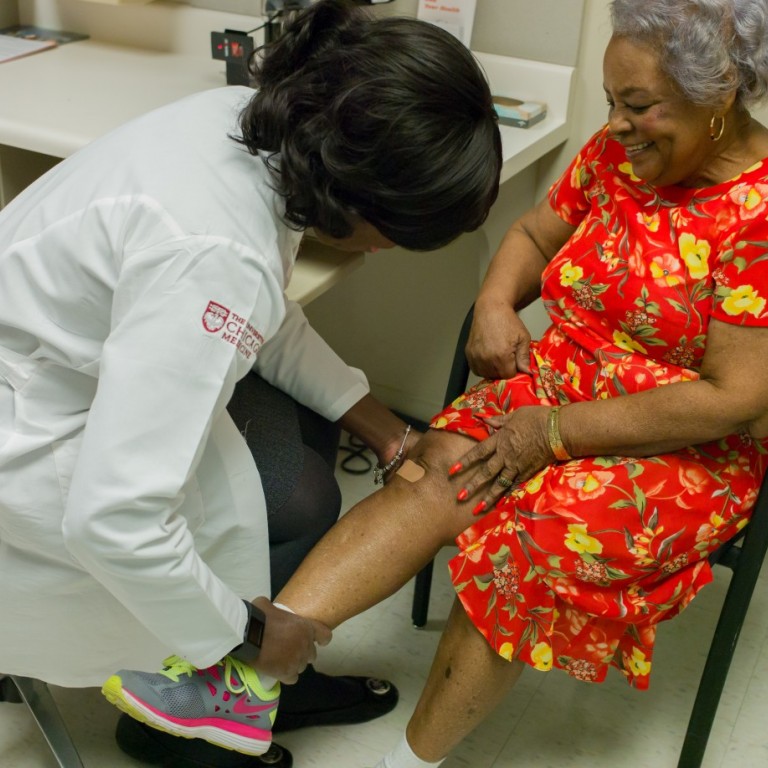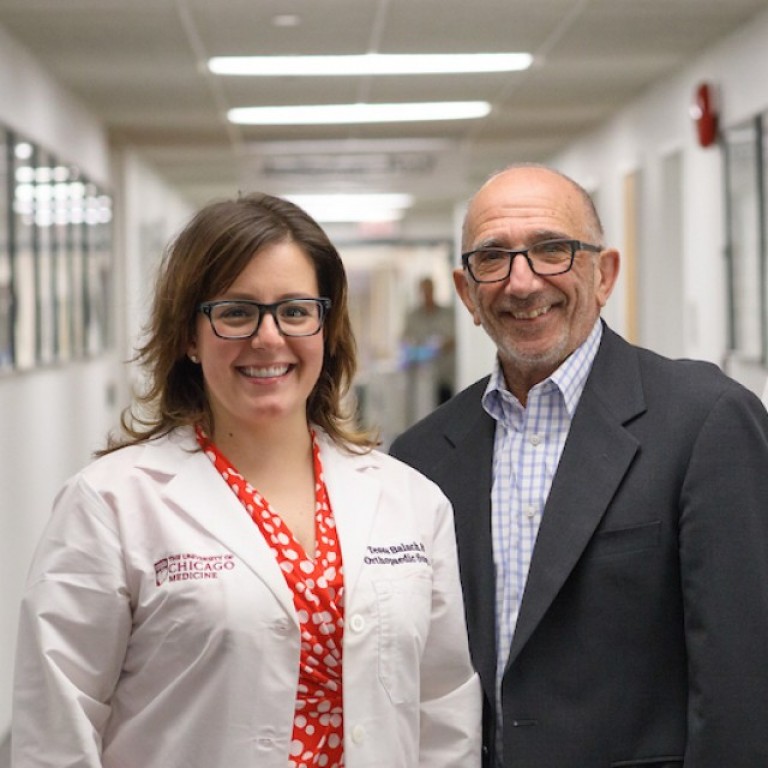The opioid epidemic started in the 1990s with the rise in opioid use, misuse and abuse due to a push for pain to be considered the 5th vital sign and misleading marketing that narcotics were not addictive. Due to this, opioid overdose has become one of the leading causes of death in the United States for people under the age of 50. This escalation led to President Trump declaring the Opioid Epidemic a public health emergency in 2017. Understanding the importance and responsibility we have as treating physicians, the University of Chicago Department of Orthopedics has been taking the Opioid Epidemic head on.
Starting in 2017, we initiated data collection on prescribing habits of providers within the department to understand patterns and obtain a baseline of prescribing behaviors. In February of 2017, after a comprehensive grand rounds with education on the topic, prescribing methods and available tools, we saw our first drop in prescribing patterns. In fact, not only did we see a drastic decrease in opioid prescriptions, that behavior was sustained over a year’s time afterward. Pain agreements with patients that covered specific rules on script refills were also implemented which created a clear expectation of the surgeon and of the patient before surgery. With a decrease in thousands of morphine milliequivalents (MME) being prescribed every year, we moved forward with a standardized post-operative protocol for outpatient surgery.
A standardized multi-modal post-operative protocol was carefully designed using a multi-disciplinary team of anesthesiologist specializing in pain, pharmacists and orthopedic surgeons. A tiered system was created that utilizes both medicinal and non-medicinal methods for pain relief so patients would have options beyond narcotics to help control their pain. The goal was to give patients more control over their pain management post operatively with options that are not just narcotics. Of the medications prescribed, both non-opioid and opioid options were made available to the patient so that when they have pain, the patient had options. We have found a secondary reduction in MMEs prescribed and a reduction in MMEs consumed by patients with no change in satisfaction scores or pain after surgery. Additionally, we saw less outliers in scribing patterns as expectations were standardized. We have found that there is still even more room for continued decrease in opioid prescribing when using this multi-modal approach and will probably need to reduced scripts further in the future.
Looking into the future, we are continuing to push forward with patient education and tackling the needs of our inpatient surgery patients. A $40,000-dollar grant was awarded by the American Foundation of Surgery of the Hand for a prospective multicenter study to evaluate the effectiveness of our multi-modal post-operative procedure that is currently underway. Additionally, the joints surgery team has recently standardized their pain protocols and we will look into providing tiered pain control that again allows patient more control over their pain management post-joint reconstruction while still maintaining the high quality care the University of Chicago provides. We look forward to implementing further changes in other subspecialties as we continue to push ourselves to be a solution in the current opioid epidemic.



